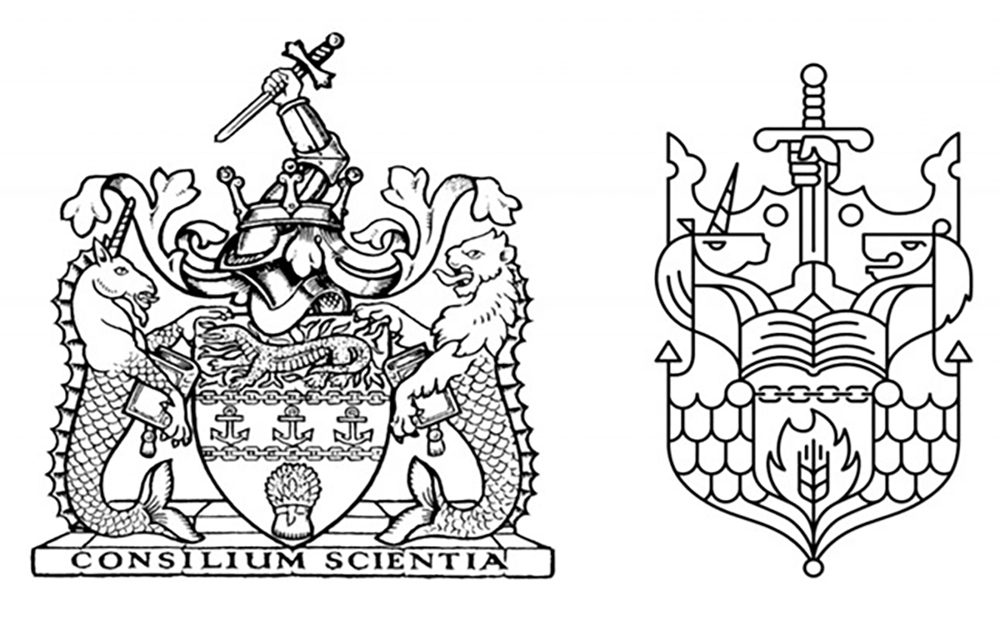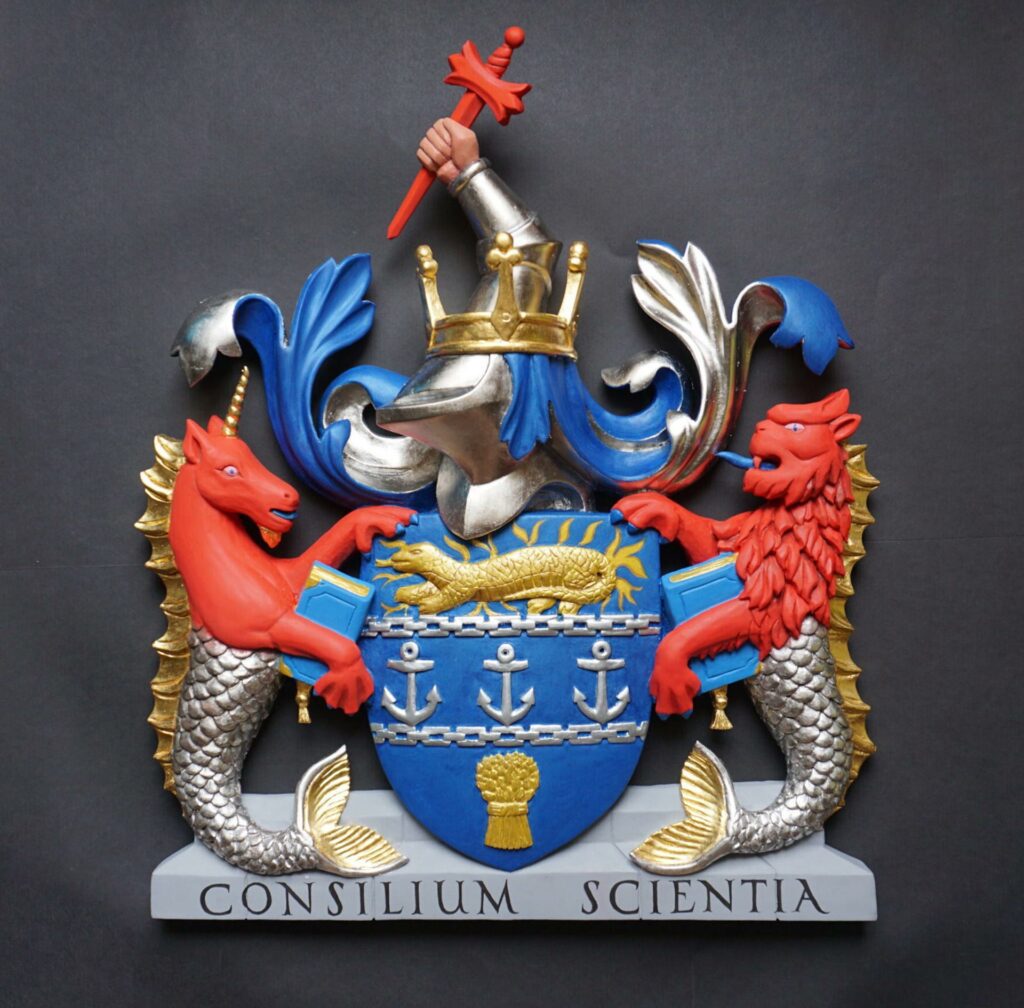Article by Stephen Wilkinson, Trustee, Insurance Museum
The sad death of Her Majesty Queen Elizabeth ll, and accession of King Charles III to the throne has set me thinking about royalty and their links with the insurance profession.
The most obvious link is the royal patronage of the Chartered Insurance Institute (CII), a professional body governed by a royal charter granted by the King, George V on 5 February 1912. A royal charter is a way of incorporating an institution and specifying its rights by the monarch issuing a formal document. Royal charters date back to King Henry in 1155.
The original charter states the objects and purpose of the CII is:
To provide and maintain a central organisation for the promotion of efficiency, progress and general development among persons employed in the Insurance business, whether members of the Institute or not, with a view not only to their own advantage, but to rendering the conduct of such business more effective, safe and scientific, and securing and justifying the confidence of the public and employers by reliable tests and assurances of the competence and trustworthiness of persons engaged in such business.1
The charter requires the CII to:
- Encourage and assist the study of insurance
- Publish a Journal
- Form a library
- Offer money and prizes for essays and research
- Devise and impose a means for testing qualifications
- Promote personal and friendly intercourse between members
- Hold conferences and discussions
- Ascertain law and practice relating to insurance and form a strong body of expert opinion
- Exercise professional supervision and control over members
- Provide support to the widows, orphans, and other relatives of deceased members
- Promote and encourage members to make provision against the contingencies of age, sickness, misfortune and death
- Purchase, rent, lease, hold and dispose of any buildings used as a place of meeting for members
To celebrate the granting of a charter in June 1912 the CII held a conference in London. The President, Morgan Owen (Alliance – London), launched an appeal to establish a London headquarters and said:
“We can claim that the Institute has created a new atmosphere in our business life. It has created an influence which excites the desire for wider knowledge and greater efficiency”2
The appeal raised £2,800 and the conference resolved to move the headquarters from Manchester to London3. The conference concluded with a reception at Mansion House and a dinner at De Keyser’s Hotel.4
The charter, it was thought, set a seal of public approval on the work of the Institute, so that it was no longer a purely domestic body.
The CII coat of arms depicts its Royal connection. The unicorn and lion (termed ‘supporters’) represent the national role that the Chartered Insurance Institute plays, the Royal lion of England and the unicorn of Scotland. Both creatures are depicted with fish tails. The grant of arms was given in 1933; in 1956 the College of Arms agreed the addition of the crest and supporters to mark the diamond jubilee5.


Image above: The Chartered Insurance Institute Coat of Arms produced by William Barsley – https://www.williambarsley.com/heraldry-carving/
On 28 June 1934, the newly built Insurance Hall was opened by King George V accompanied by Queen Mary. The King agreed to become patron, and his successors continue to honour the CII in the same way.
The Worshipful Company of Insurers (WCI) is a modern livery company founded in 1979. Membership is restricted to those engaged directly or indirectly in the business of insurance. Members of the WCI play a full part in the economic activity of the City of London and the City Civic.
Her Majesty the Queen approved an order granting a Charter to the WCI on the 11 February 2015. The Charter was sealed and came into legal effect on the 1 September 20156.
Today the use of the word “Royal” in a company name is prohibited unless permission is received from the Cabinet Office. The Lord Chamberlain’s office controls the use of Royal Arms, names and images. The word Royal is associated with commitment, service and status, aspirations insurance companies want to extol. Three examples of “royal” insurance companies are The Royal Exchange Assurance; Royal; and Royal London Life Insurance and Benefits Society.
The Royal Exchange Assurance was formed in 1720 as a marine insurance company. It took its name from the location of its office at the Royal Exchange London.7 The company received its Royal charter under the Royal Exchange and London Assurance Corporation Act 1719, popularly known as the Bubble Act. It had links to the Mercers Company and their attempts to provide marine guarantees and annuities for their members and other merchant traders. In 1968 the company merged with the Guardian.8
On 11 March 1845, a group of prominent Liverpool merchants and business people formed a company – a joint stock fire and life insurance association called Royal. No one has been able to explain how the name was selected, we can only conclude it reflected the high esteem in which Queen Victoria was held9. It seems the Liverpool merchants were unhappy with the rates and terms from the London market and struck out on their own. An early example of “levelling–up.” The company merged with the Sun Alliance in 1996.
On 2 February 1861 Joseph Degge a 24-year-old clerk and Henry Ridge a 22-year-old carpenter met in a coffee shop on City Road, London. They agreed to set up a business in competition with their employer to be called Royal London Life Insurance and Benefits Society. By the end of their meeting, they had written down and signed their agreement. The Society was to provide the working class with a facility to pay a few pence a month to provide a decent funeral and avoid the ultimate disgrace for a Victorian family of a pauper’s funeral. The name London was selected as it was a huge market for industrial life assurance. Royal was selected as a mark of respect for their sovereign. It continues today as the largest mutual life and pension company in the UK and still provides life insurance and funeral plans.10
––––––––––
1 Extract from the Journal of the Chartered Insurance Institute 1912
2 Sixty Years of the Chartered Insurance Institute 1897 -1957 – H A L Cockerill – Page 31
3 Between 1897 – 1908 Federation of Local Institutes. 1908 – 1912 Insurance Institute of Great Britain and Ireland
4 De Keyser’s Royal Hotel was on the Victoria Embankment at Blackfriars bridge. It was opened in 5th Sept 1874 by Polydore de Keyser (Lord Mayor of London 1887/88). It was demolished in 1929 to make way for Unilever House
5 Source – https://insurancehistory.cii.co.uk/narrative/whats-behind-our-brand
6 Source – Masters of The Worshipful Company of Insurers – from foundation to Royal Charter 2016
7 Known as the father of English banking, in 1566 wealthy merchant Sir Thomas Gresham established The Royal Exchange as London’s first purpose-built centre for trading stocks. It was modelled on the Bourse in Antwerp, the world’s oldest financial exchange, where Gresham had been based as a royal agent. https://www.theroyalexchange.co.uk/heritage/
8Source – The Royal Exchange Assurance – A history of British Insurance 1720 – 1970 Barry Supple
9 Absolute Integrity – The Story of Royal Insurance 1845 – 1995 – Peter Pugh – Page 33
10Royal London The first 150 years – Murray Ross- Page 20 & 34
